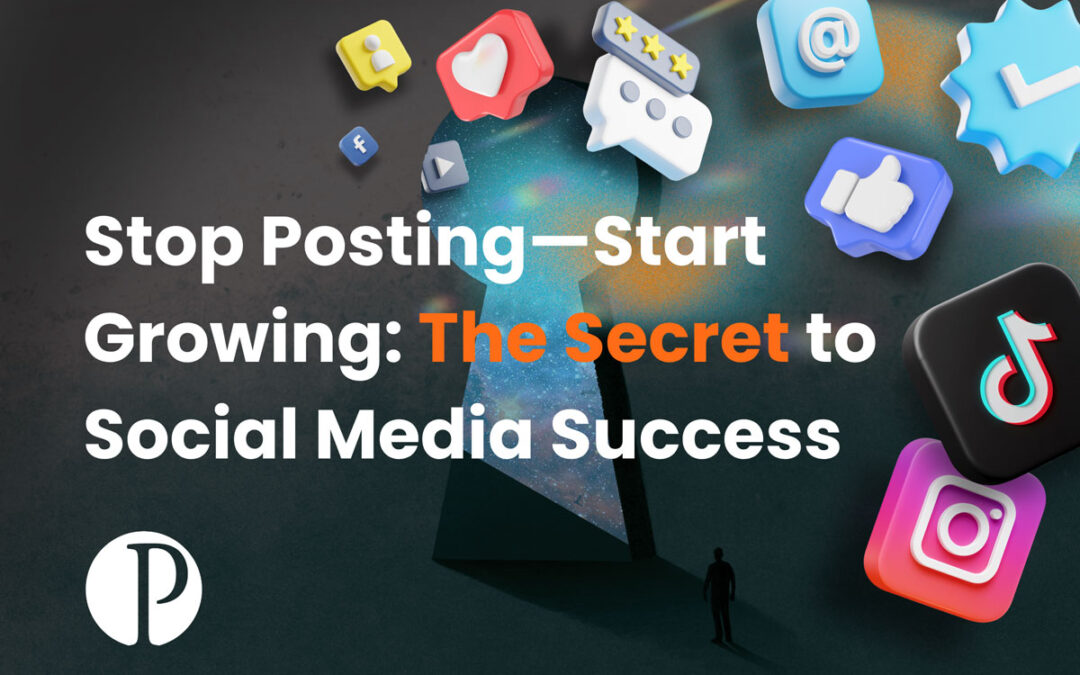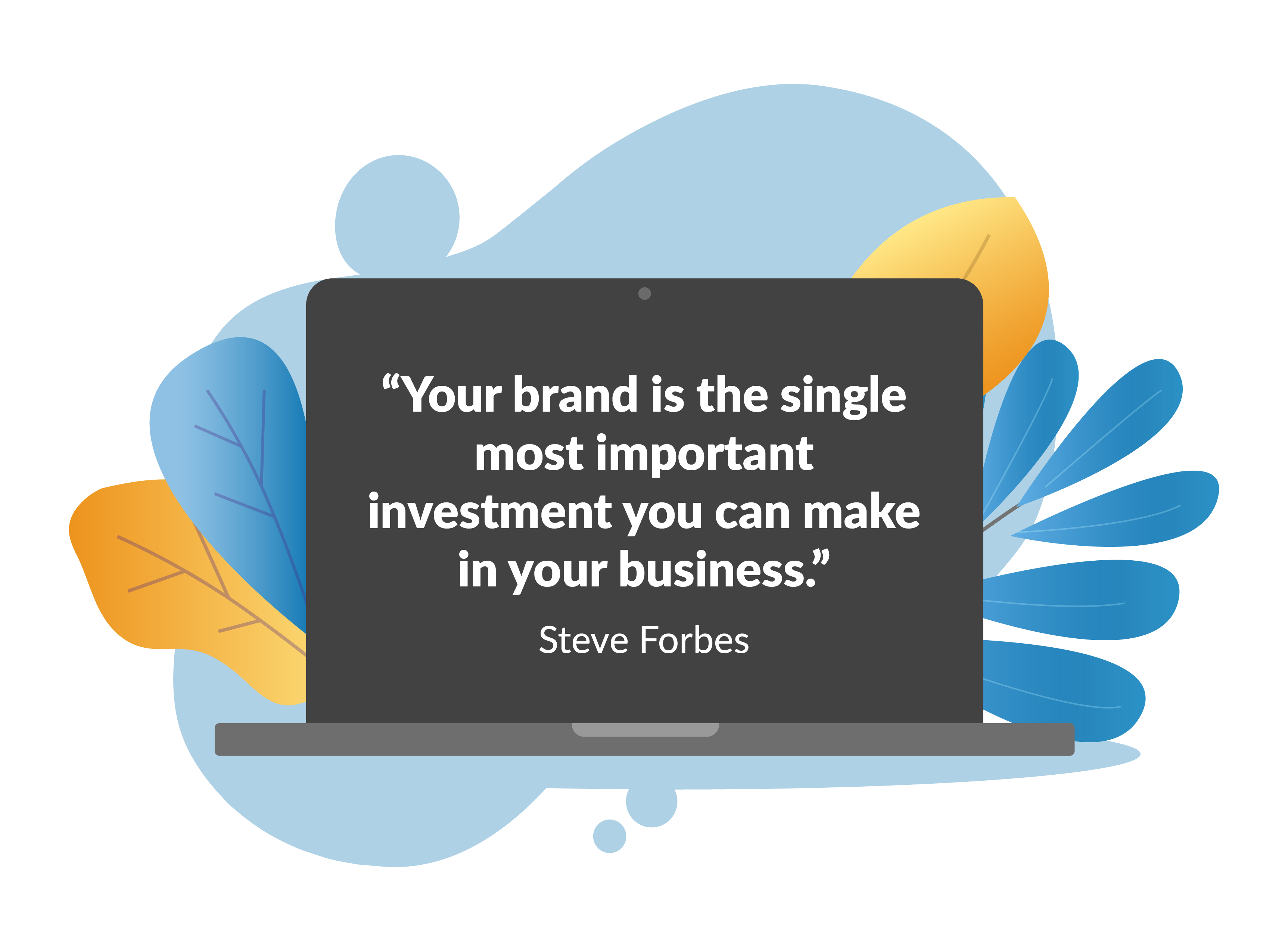Is your brand message working for you or is it working against you? To answer that question, take a moment to step back and step in the shoes of your potential customer.
In the above clip from the popular AMC television show Madmen, we find Don Draper making an ad pitch to the decision makers of Lucky Strike cigarettes. Lucky Strike rested its brand image and message on the alleged health benefits of its cigarettes, but government scrutiny and consumer concern about the harmful effects of smoking necessitated a dramatic change in direction.
How could they possibly rebrand, asked the Lucky Strike leaders, when all cigarette companies sold roughly the same product? What selling point would set them apart from the competition if not for the dubious health claims?
“How do you make your cigarettes?” Don Draper asks the gentlemen, who then explain the process, including the step of toasting the tobacco. Draper devises the slogan, “It’s toasted.”
He explains to his befuddled client that even though the other cigarette companies toast their cigarettes as well, those companies aren’t taking that angle. The consumers, who were largely ignorant of the cigarette manufacturing process, would understand one thing: “Everybody else’s tobacco is poisonous. Lucky Strike’s is toasted.”
We can learn three lessons from this all too realistic branding scenario:
1. Find your angle in a sea of sameness.
It seems like an obvious suggestion, but sometimes companies that sell a common good or service can lose sight of what makes them unique. Even if your product isn’t all that different from the competition’s, you can always find a marketing angle that fills a void they left open.
Like in Lucky Strike’s case, that angle is often something seemingly mundane. You can’t overthink it, because your customers aren’t overthinking it.
In fact…
2. Assume no complex knowledge on the part of consumers.
We don’t mean to suggest here that consumers are stupid, but rather that they are, in general, far less acquainted with what your company sells than you are. They don’t care about all the ins-and-outs of the product, because that’s your job. If they are giving the product any kind of notice, it probably means they have some need that either you or the competition can fill. That’s why it is so important to know and be capable of communicating your unique angle, however simple that angle is.
3. Don’t try to be all things to all people.
One way to cater more successfully to your target audience is to stop attempting to market broadly. Instead, tailor your message specifically to the people with a desire and/or need for what you sell. In so doing, you are capturing the attention of those most likely to purchase what you sell and maybe even inspiring a sense of need in previously unaware consumers. Taking an unspecific, one-size-fits all marketing approach will lead only to a marginalized brand message.
Do you need a golden, Draper-esque brand message? Chances are, Primm can help. Call or contact the team today.








